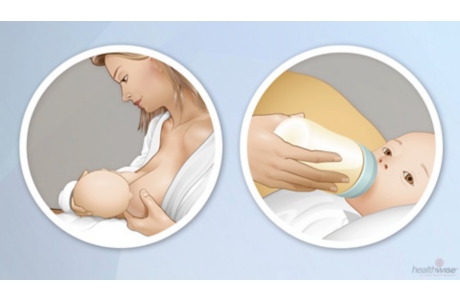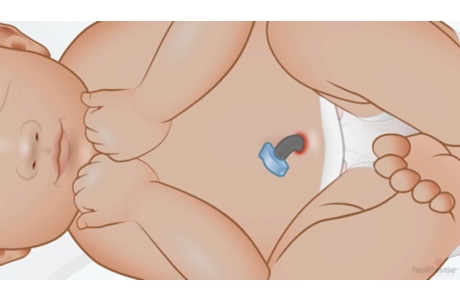breastfeeding: tobacco, alcohol, and drugs
overview
if you are breastfeeding, many things that you eat, drink, or take into your body end up in your breast milk and may harm your baby.
- tobacco. smoking cigarettes or chewing tobacco may reduce your milk production. it also may make your baby fussy. babies who are exposed to second-hand smoke are at increased risk for many problems, including ear infections, asthma, and sudden infant death syndrome (sids). while you are pregnant or breastfeeding, you should not smoke or be around those who do. if you smoke, do so as little as possible. to give your baby the least exposure to the smoke, smoke outside and right after you have breastfed.
- alcohol. if you drink a lot of alcohol, it can cause a lack of energy and other health problems for your baby. it can also get in the way of your ability to feed and care for your baby. there isn't a lot of research about exactly how much alcohol can harm a baby. having no alcohol is the safest choice for your baby. if you choose to have a drink now and then, have only one drink, and limit the number of occasions that you have a drink. avoid breastfeeding or pumping milk right after you have a drink. your body needs time to clear some of the alcohol from your system. it's a good idea to pump or express milk before you drink any alcohol. you can use that milk to feed your baby if you've been drinking.
- drugs. you can pass drugs in some amount to your baby through your breast milk. drug use can cause harm to your baby, such as a lack of energy, intoxication, hyperactivity, or other health problems. drug use can also cause poor milk let-down and get in the way of caring for your baby.
credits
current as of: july 10, 2023
author: healthwise staff
clinical review board
all healthwise education is reviewed by a team that includes physicians, nurses, advanced practitioners, registered dieticians, and other healthcare professionals.
current as of: july 10, 2023
author: healthwise staff
clinical review board
all healthwise education is reviewed by a team that includes physicians, nurses, advanced practitioners, registered dieticians, and other healthcare professionals.





